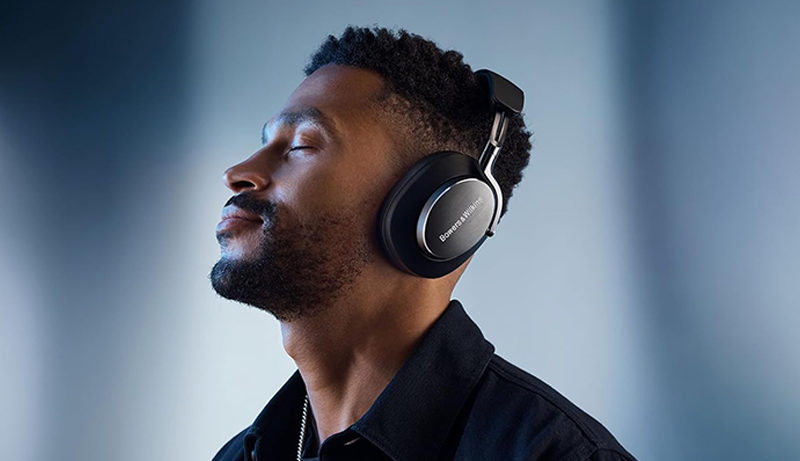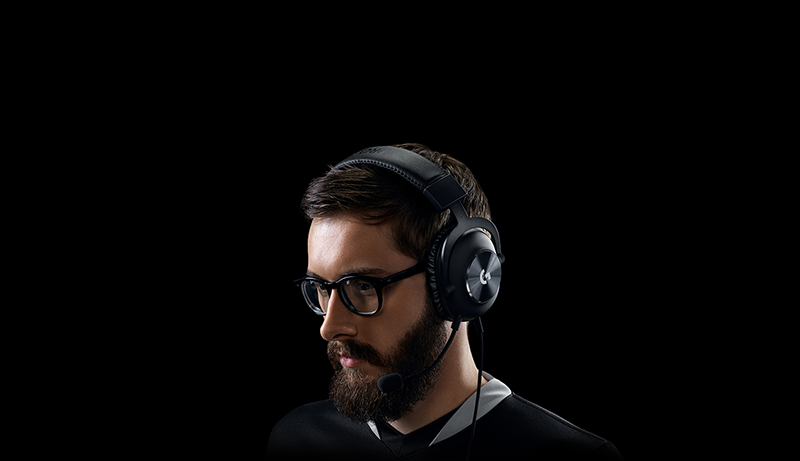Step into the captivating world of aviation photography with the perfect camera at your side. Whether you’re a seasoned plane spotter or just starting out, having the right gear makes all the difference. In 2025, camera technology has soared to new heights, offering tools that deliver exceptional clarity, fast autofocus, and impressive zoom capabilities—essential for capturing aircraft in motion.
Based on extensive research, I’ve rounded up the top cameras that truly stand out for plane spotting. These models offer a winning combination of performance, durability, and image quality, making them ideal for tracking aircraft both on the ground and in the sky. From spotting jets at cruising altitude to catching takeoffs and landings with sharp detail, these cameras help you freeze every thrilling moment with precision.
Ready to elevate your aviation shots? Let’s explore the top picks for the best cameras for plane spotting in 2025.
1. Nikon D850
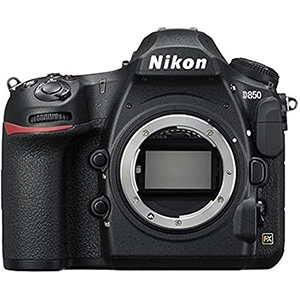
The Nikon D850 is a top-tier camera for aviation photography, offering exceptional image quality and performance. Its 45.7-megapixel full-frame BSI sensor—with no optical low-pass filter—delivers incredibly sharp, moiré-free images, making it ideal for capturing detailed shots of aircraft from a distance. The wide dynamic range enhances clarity in both shadows and highlights.
Fast-moving planes are no match for its 9 frames per second continuous shooting and focus shift mode, which help maintain sharp focus during motion. For video enthusiasts, the D850 records 4K Ultra HD and captures stunning slow-motion footage at 120 fps in 1080p. Its tilting touchscreen, excellent weather sealing, and long battery life make it reliable in various environments—from bright sunny days to cold, humid airfields.
Users praise the D850’s breathtaking image detail, especially for landscapes and aviation. Its bright screen and robust build quality are frequently highlighted, with one reviewer calling it “the best Nikon body ever built.” Focus speed and noise control receive mixed feedback, and opinions on value vary—some say it’s worth every penny, while others find it expensive. Still, for serious plane spotters, it’s a powerful and dependable tool.
2. Canon EOS 5D Mark IV
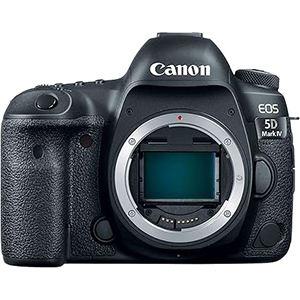
The Canon EOS 5D Mark IV is a reliable and powerful choice for airplane watching. Featuring a 30.4-megapixel full-frame CMOS sensor, it excels in capturing sharp, detailed images—even in challenging lighting conditions. Whether you’re shooting at dusk or under cloudy skies, the camera delivers consistently high image quality.
For video enthusiasts, the 5D Mark IV offers 4K Motion JPEG recording, allowing you to capture cinematic-quality footage of aircraft in motion. Its Dual Pixel CMOS autofocus system ensures fast, smooth, and accurate focusing on moving planes, helping you avoid blur and missed shots. With a continuous shooting speed of up to 7.0 frames per second, you can confidently photograph fast-moving aircraft with precision.
Wi-Fi connectivity and support for the EOS Utility Webcam software (Mac and Windows) also allow you to transform the camera into a high-quality webcam—ideal for live-streaming your aviation adventures.
The camera’s image quality, low-light performance, and quick, accurate autofocus. Its intuitive controls and durable build are also appreciated. While battery life draws mixed reviews, many users agree it’s a worthy upgrade from earlier models, offering great value and versatility for both photography and video.
3. Panasonic LUMIX S1R
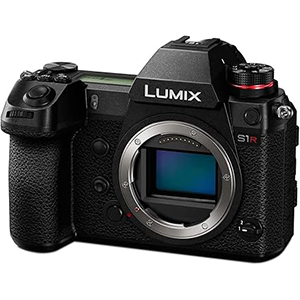
The Panasonic Lumix S1R is a top-tier choice for aircraft surveillance and spotting, equipped with a 47.3-megapixel full-frame high-resolution MOS sensor that delivers incredibly sharp, detailed images. Whether capturing aircraft in flight or on the ground, this camera ensures exceptional clarity.
It supports 4K video recording at up to 60 frames per second, along with 6K PHOTO and HLG Photo capabilities for lifelike, cinematic visuals. The innovative 187-megapixel high-resolution mode uses sensor shift technology to create ultra-detailed images, ideal for landscapes or artistic shots with minimal motion blur.
The camera features a 3.2-inch 2,100k-dot RGBW LCD with a three-axis tilting design for flexible composition. A 5,760k-dot OLED viewfinder offers a clear and precise viewing experience, even in bright conditions.
Built with a rugged, mirrorless design, the S1R is dust, splash, and freeze-resistant, making it reliable in extreme environments. Supporting both JPEG and RAW formats, it provides versatility for editing and sharing.
According to my testing, the Lumix S1R combines advanced imaging features with durability, making it a superb option for aviation photography in any condition.
4. OLYMPUS OM-D E-M1 Mark III
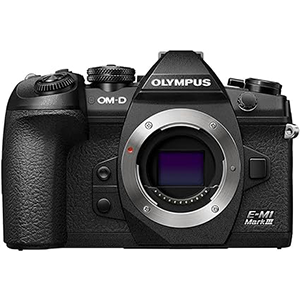
The Olympus OM-D E-M1 Mark III is a superb choice for aviation enthusiasts seeking speed, precision, and portability. Its 20.4-megapixel Live MOS sensor delivers sharp, detailed images of aircraft in flight, while its advanced autofocus system ensures accurate tracking.
This compact powerhouse features a 50-megapixel high-resolution handheld mode and a silent electronic shutter, allowing continuous shooting at up to 60 fps (S-AF) or 18 fps (C-AF with tracking)—ideal for capturing fast-moving planes. The Starry Sky AF mode adds versatility, making it a great option for night sky and landscape shots.
Built to endure tough conditions, the IPX1 weather-sealed body resists rain and moisture. Dual SD card slots provide ample storage, while built-in Bluetooth and Wi-Fi make sharing your images fast and easy.
Users praise its 5-axis in-body image stabilization (IBIS), solid build, and 4K video quality—comparable to some full-frame models. The E-M1 Mark III is also lightweight and highly portable, making it great for fieldwork. While many find the interface user-friendly, some report a learning curve. Overall, it’s a feature-rich, high-performance camera in a compact design.
5. Sony a7 III
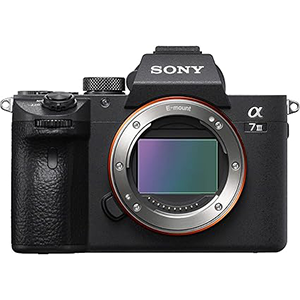
Renowned for its performance and versatility, the Sony a7 III is an excellent choice for capturing aircraft in action. Its 24.2-megapixel full-frame sensor produces high-quality, detailed images, even in low-light conditions. With 4K video recording and support for the HLG (Hybrid Log-Gamma) profile, it also enables instant HDR playback for vivid, cinematic results.
The a7 III’s 10 frames per second burst shooting makes it ideal for tracking fast-moving airplanes, while its fast, accurate autofocus and wide dynamic range ensure sharp, well-exposed images in every frame. Its robust, weather-sealed construction means it can handle a variety of challenging outdoor conditions with ease.
According to my analysis, whether you’re shooting stills, 4K video, or documentary-style content, the Sony a7 III delivers consistent results.
Combining image quality, speed, and durability, the a7 III offers a well-rounded package for plane spotting enthusiasts. Its advanced features, ease of use, and reliable performance make it a smart investment for those looking to explore the exciting world of aviation photography.
Best Camera for Plane Spotting – Buyer’s Guide
Finding the ideal camera for aviation photography or airplane surveillance can feel overwhelming, given the wide range of options available. This guide is designed to simplify your decision-making process by focusing on the key features that matter most.
Sensor Size
Larger sensors generally offer better image quality, especially in low-light conditions. This is crucial for plane spotting, as lighting can vary throughout the day.
Lens Compatibility
High-quality images are essential, but so is compatibility with the right lenses. For aviation photography, a telephoto lens is indispensable—it allows you to capture detailed shots of aircraft from a significant distance.
Camera Speed
Since airplanes move quickly, you’ll need a camera with a high frames-per-second (FPS) rate and fast, reliable autofocus. These features ensure you can shoot multiple sharp images in rapid succession.
Video Capabilities
For capturing aircraft in motion, look for cameras that offer 4K or even 8K video recording. High-resolution video lets you document flights with exceptional clarity.
Durability
Outdoor conditions can be harsh, so choose a weather-sealed camera that can resist dust, moisture, and temperature changes—essential for airshows or long days at the airfield.


